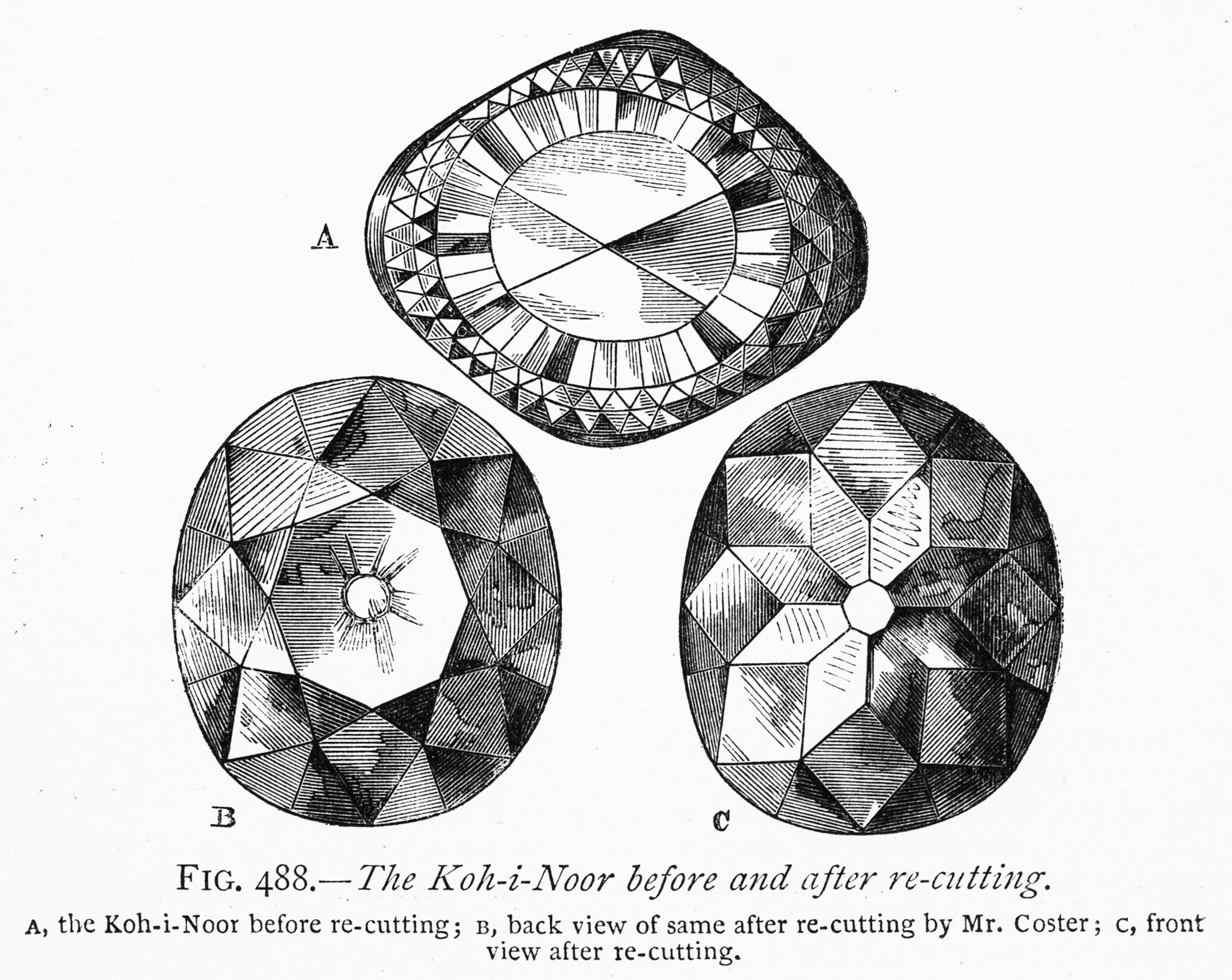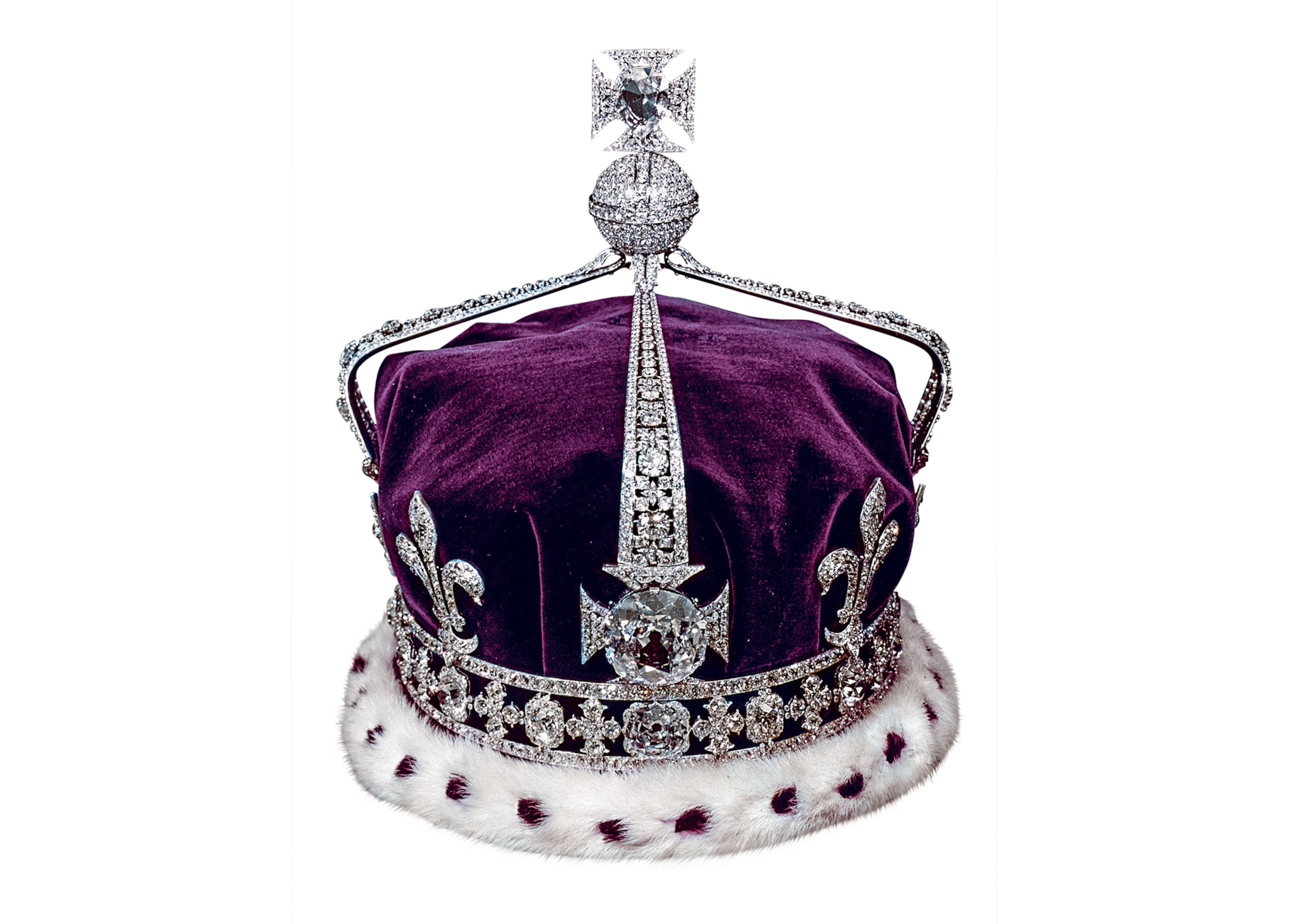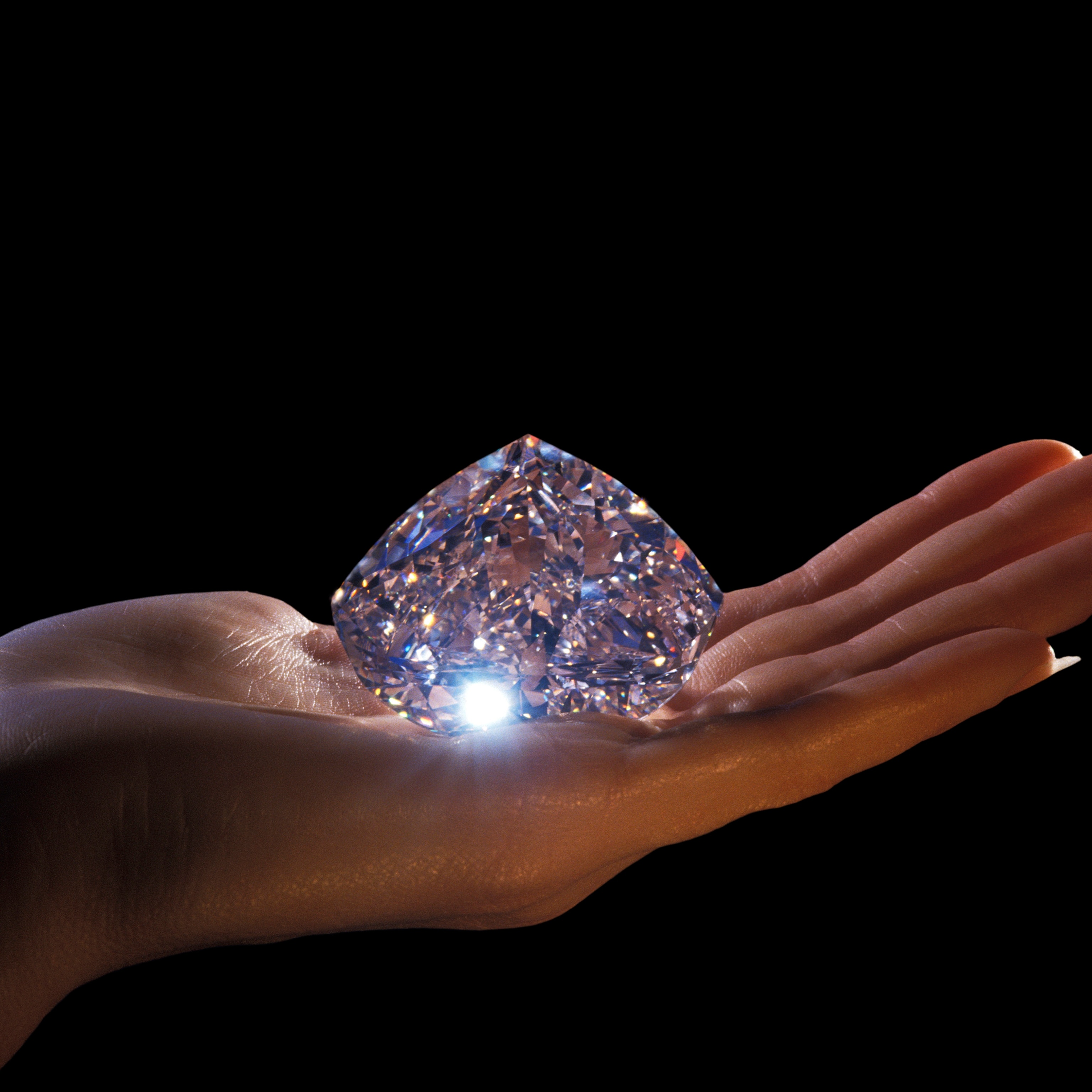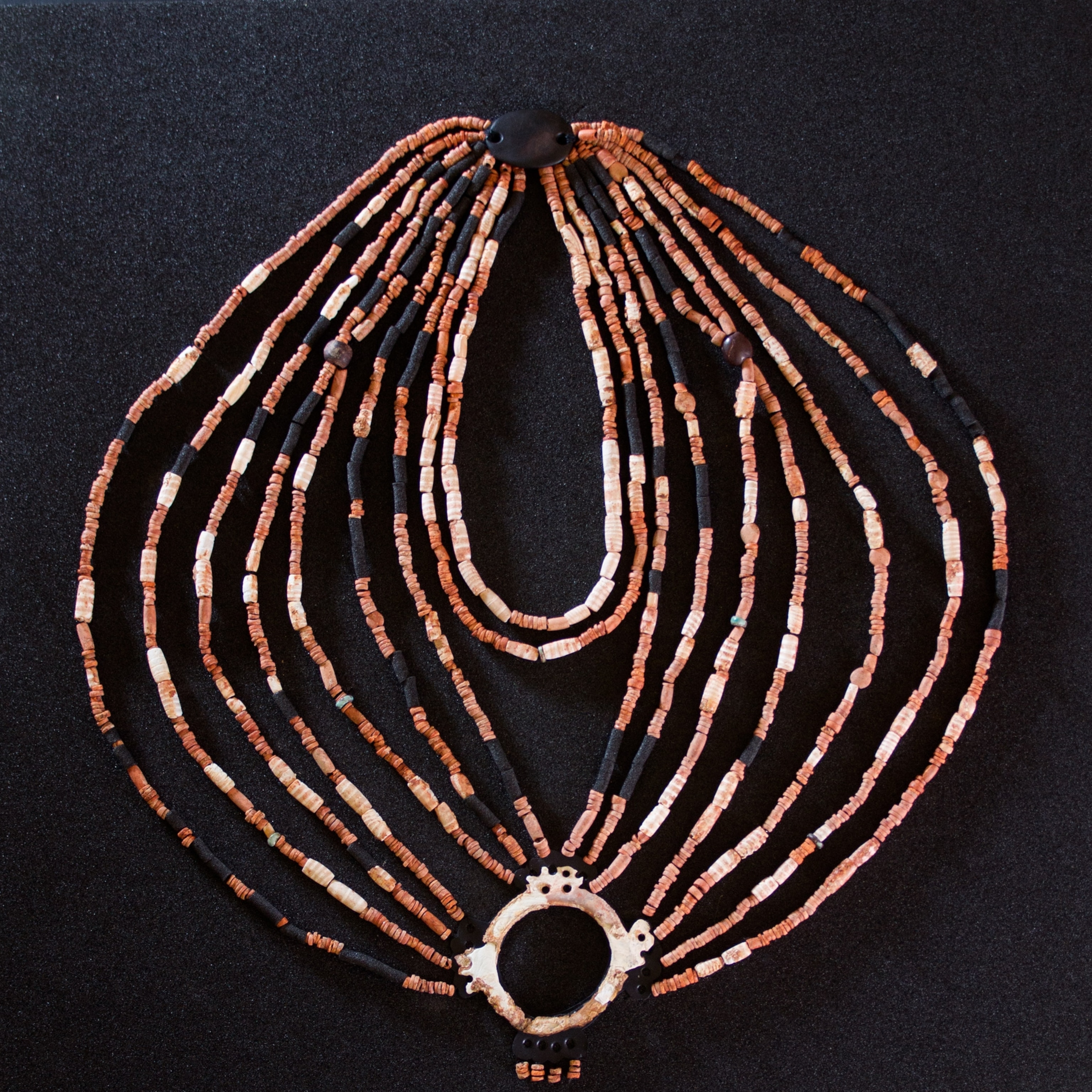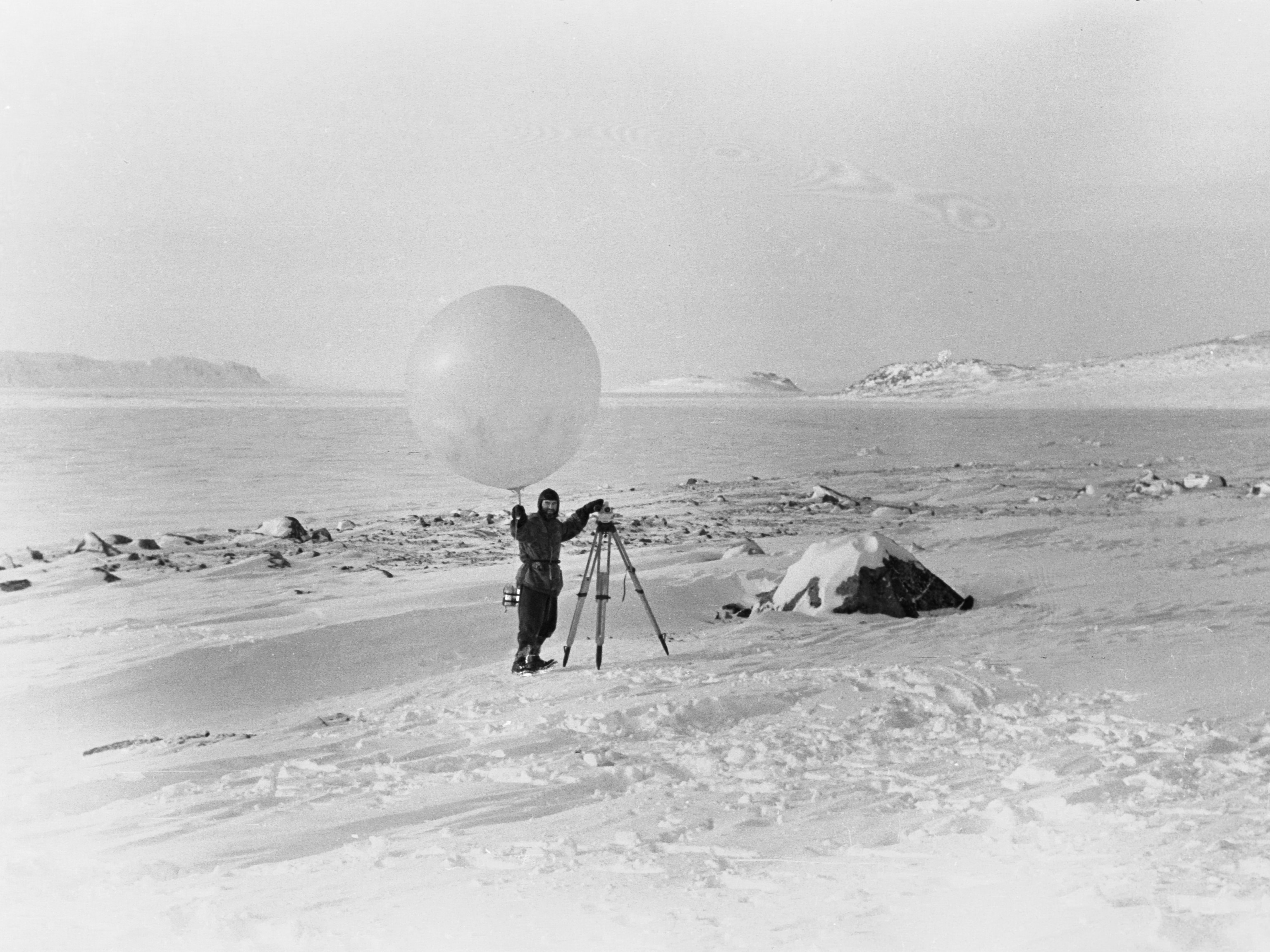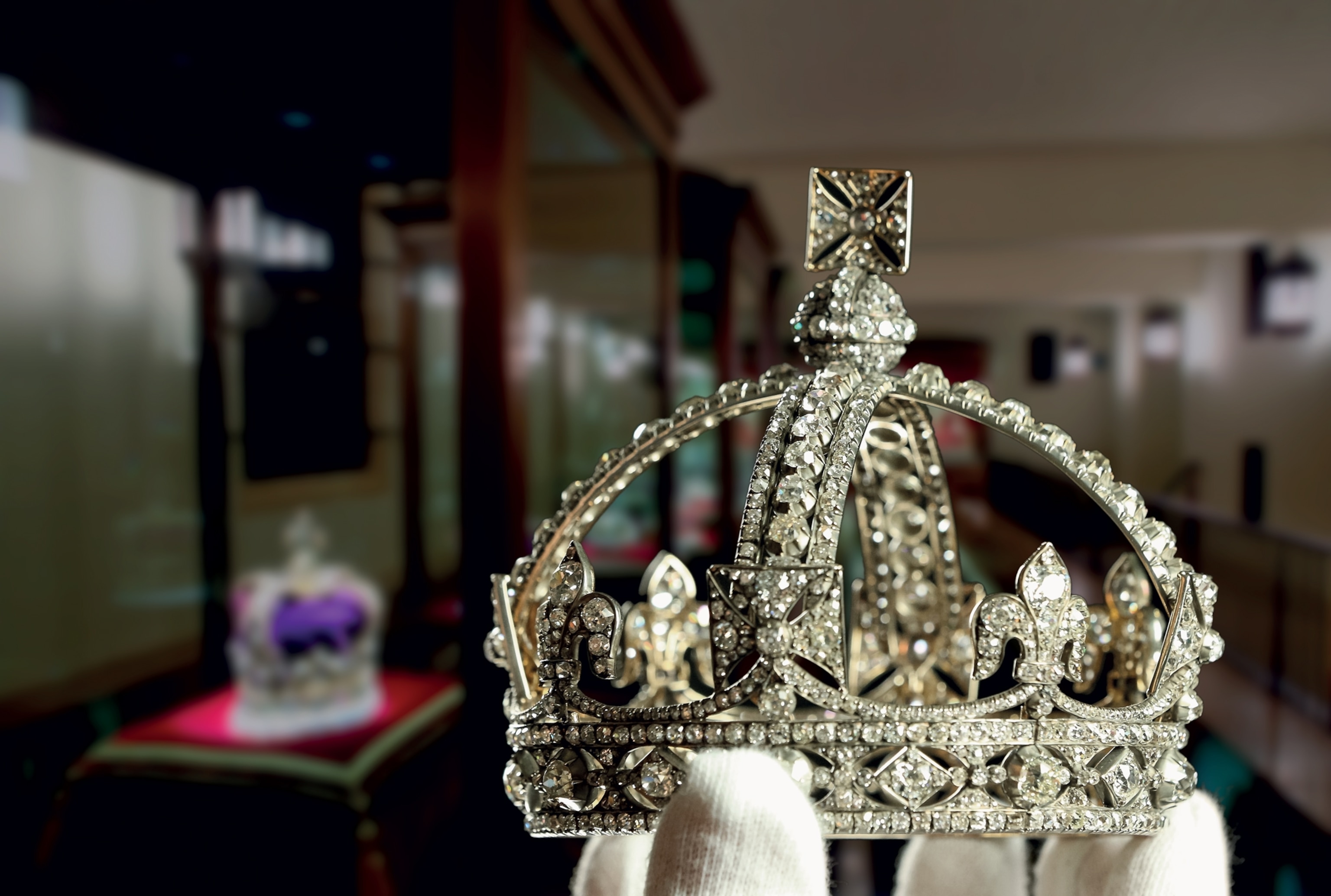
The Love Story Behind Queen Victoria's Crown Jewels
Despite her giant impact on her subjects, Victoria’s diminutive crown became perhaps the most recognizable symbol of her reign and of her love for her husband.
Early one June morning in 1837, a few weeks after her 18th birthday, Princess Victoria was awoken by her mother to greet the Archbishop of Canterbury, who delivered the news that King William IV had just died. Victoria, still in her nightdress, had become queen. That night she wrote in her journal: “Very few have more real good will and more real desire to do what is fit and right than I have.”
Victoria’s accession marked a significant change. Gone were the old men who had ruled for half a century, replaced by a young queen soon to have her own family. As the future British prime minister Benjamin Disraeli told the House of Commons in a speech in 1861: “She who reigns over us has elected amid all the splendor of empire, to establish her life on the principle of domestic love.” The royal family represented youth, morality, and domesticity now.
Changed, too, were the regalia worn by monarchies past. A teenage queen who stood at less than five feet tall needed better-proportioned displays of royal authority. A new coronation ring was made for Victoria, and the shafts of the scepters were altered to enable her to hold them comfortably.
The Jewel in the Woman’s Crown
Victoria and Albert
One of the traditional functions of the monarchy—to marry and establish a dynasty—remained, and Victoria’s mother, Princess Victoria of Saxe-Coburg-Saalfeld, and her uncle, King Leopold of Belgium, introduced Victoria to her first cousin, Prince Albert of Saxe-Coburg-Gotha. Victoria and Albert married in February 1840. More than just a blessing of bloodlines, their union was a genuinely devoted and passionate one, lasting over 20 years until Albert’s death.

The British public, and Parliament, initially viewed German-born Albert as an interloper. But he nonetheless became Victoria’s primary adviser and closest ally, often helping her draft correspondence. He also presented his wife with jewelry of his own design, such as the sapphire and diamond brooch he gave her before their wedding, and a gold and porcelain set, which included a brooch, earrings, and necklace that recalled the wreath of orange blossoms she wore on their wedding day. He also designed 12 eagle-shaped brooches of turquoise, representing true love. Each has a ruby for its eye and pearls in its claws; they were worn by Victoria’s train bearers.
The Empire Expands
As Britain’s imperial reach expanded under Victoria’s reign, so too did her jewelry collection. The famous Koh-i-Noor (“mountain of light”) diamond had already passed through many dynasties and dominions of Central Asia—including that of Shah Jahan, builder of the Taj Mahal—later ending up in the hands of the ruler of the Sikh empire, Ranjit Singh. When the British conquered the Sikh empire in 1849, they took the jewel from Singh’s son, and presented it to Victoria.
Albert, like the crowds who flocked to see the diamond at the Great Exhibition of 1851 in London, was unhappy with its dull and irregular appearance and had the 186-carat stone recut into a smaller, more contemporary, brilliant oval shape. Lord Dalhousie, Governor-General of India, wrote to Victoria that he hoped she would wear it as “a trophy of the glory and strength of Your Majesty’s Empire in the East.” Victoria is said to have felt awkward about taking the Koh-i-Noor, and was embarrassed to show the recut gem to its previous owner, MaharajaDuleep Singh, when he visited her in 1854.
Instead of adorning the royal crown, it was worn by Victoria as a personal brooch (displayed prominently in the 1856 portrait of Victoria, left). Victoria’s successors, however, did not have such qualms as to featuring it on the crown, and visitors can view the diamond today at the Tower of London, set in the Queen Mother’s coronation crown.
Commander in Chief
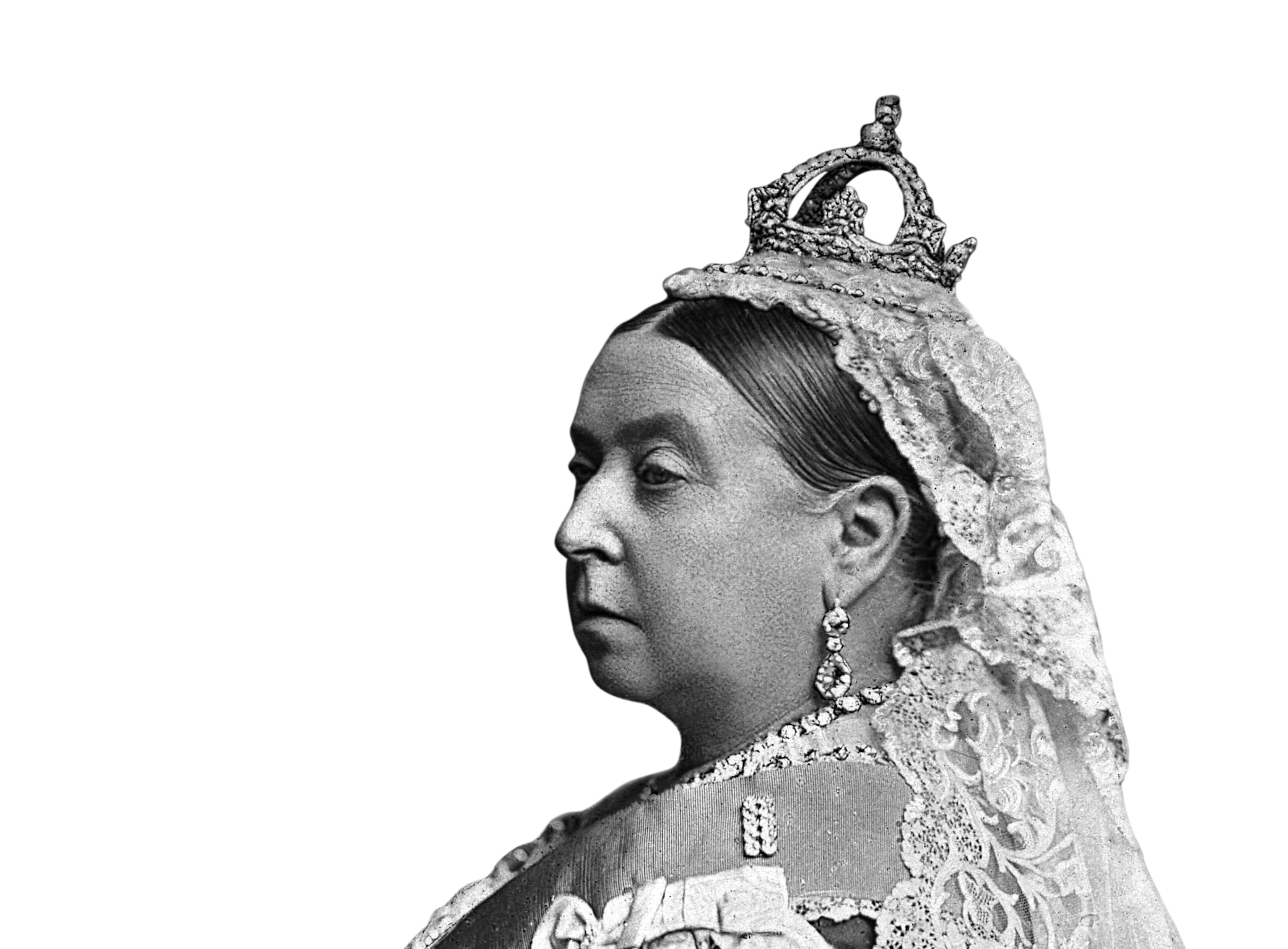
In 1854, protective of Britain’s position as an imperial power, Victoria focused her attention on the Crimean War, a conflict that arose over concerns about Russian expansion in the Ottoman Empire. From insisting that she be shown correspondence between military commanders to visiting hundreds of wounded soldiers in hospitals and writing condolence letters to war widows, Victoria assumed her role as commander in chief of the British military with great resolve. As Panmure wrote: “You never saw anybody so entirely taken up with military affairs as she is.” The war made Victoria’s reputation as a monarch who protected not only Britain’s imperial interests but also the people who pursued them. She would respond similarly in 1899 with the outbreak of the Anglo-Boer War, supporting the dispatch of troops and playing the role of imperial mother.
A Widow’s Crown
On December 14, 1861, Albert, Victoria’s “Angel,” died. “Without him, life is utter darkness,” the 42-year-old queen wrote. Devastated, she refused to attend official events, eschewing the ceremonial duties that her role required. But while publicly reclusive, she used her pen to continue to play a daily and active role in domestic and European political affairs, presiding over a period of intense social reform in the 1870s and 1880s. Public health was improved and the electorate almost doubled. She persuaded the government to strengthen Britain’s army, deterred Russia’s plans to conquer Constantinople, and oversaw the expansion of British influence in East Asia.
She was also preoccupied with the lives and marriages of her nine children and growing brood of grandchildren. By the 1890s Victoria was related to the royal houses of nearly every European power either directly or by marriage. Through her offspring, she monitored the monumental changes taking place in Germany and the rise of Bismarck in Prussia.
Victoria returned to public life in 1866 to open Parliament, but did so dressed in black-and-white widow’s clothing. Refusing to don the imperial state crown, because it was heavy, and impossible to wear with her white lace mourning veil, in 1870 she commissioned a new, petite crown that could be placed over it.
Despite its size—it weighed only five ounces and measured four inches in every direction—the silver crown contains 1,187 diamonds that were taken from a large necklace. Its lightness and elegance distinguish it from its predecessors, but the tiny topper mimics the form of a traditional English crown, with arches, alternating crosses, and fleurs-de-lis.
Victoria first donned it at the state opening of Parliament in 1871, and continued to wear it on all state occasions, with the imperial state crown borne alongside her on a cushion. She also wore it at less formal events and for paintings and photographs. By her death in 1901, it had become so closely associated with her that it was placed on her coffin during her funeral. In 1937 King George VI added it to the regalia at the Tower of London, where it remains on show today.

